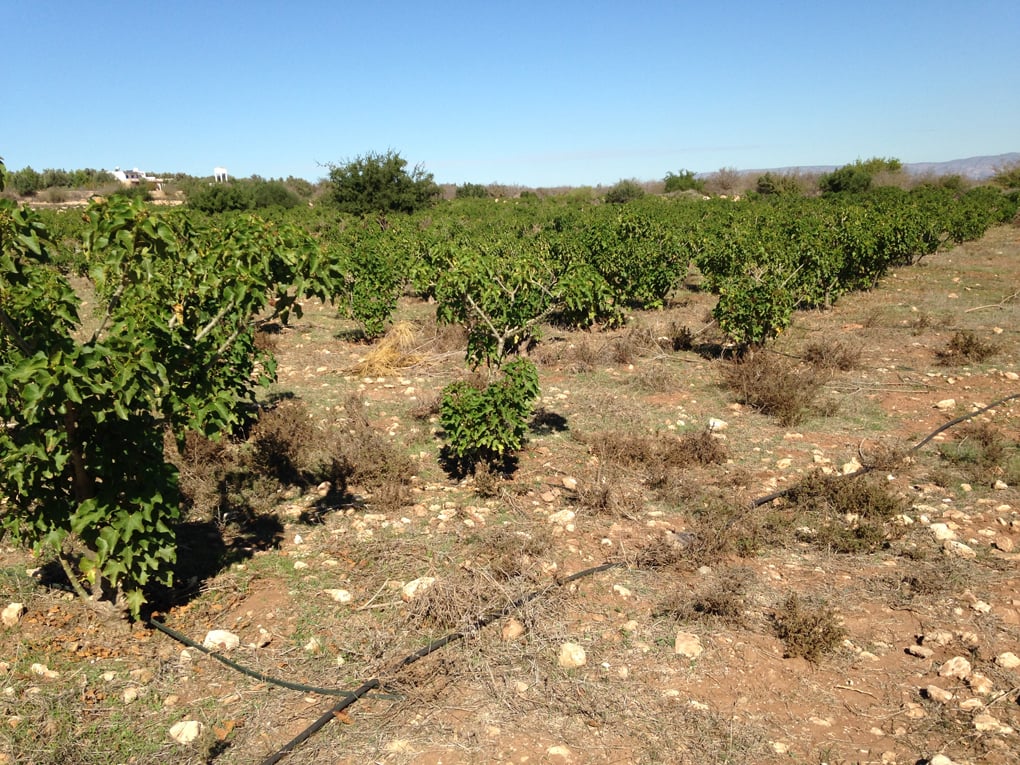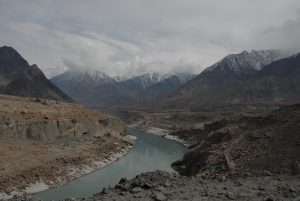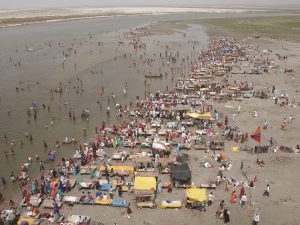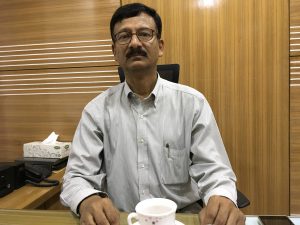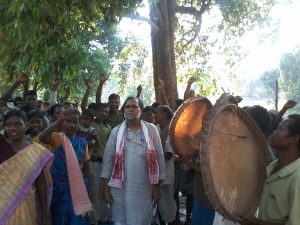- A graphene-based membrane produced by the Graphene Centre at the University of Manchester promises to remove over 97% of salt from water, enabling farmers to use far more brackish water for irrigation than they could have done before. It has been demonstrated to be scalable as well.
- The Beijing Institute of Nanoecology and Nanosystems has proposed floating nets of nanogenerators which will extract energy from ocean waves.
- A Danish energy company is opening a waste-to-energy facility in Northwich in Britain to convert unsorted municipal solid waste including plastic to energy using enzymes and microbes.
- A group from the Massachusetts Institute of Technology just reported in the journal Science that their new metal-organic framework can harvest water from air at relative humidity as low 20%, using only available sunlight.
To escape the disaster being caused by the water-food-energy nexus, India must rapidly deploy new solutions like these, enhance its own innovation for its monsoon-specific agricultural system, and develop nimble policies.
Looming disaster
India has always been an agrarian society and continues to be so despite the impressive advances in IT and other employment sectors. Agriculture and related activities still provide nearly 60% of the total employment.
Food production has gone up from about 50 million tonnes per year in the 1950s to over 250 million tonnes per year in the recent decade with a corresponding four-fold increase in the yield in terms of kg of total grains per acre. But food availability per person per year has only grown from 145 kg to about 190 kg over this period because the seemingly significant increase in food production is partially offset by the rapid growth in population.
The averages over such a large population can be misleading since they hide many externalities such as poverty and gender issues that limit access to food and the gobbling up of agricultural land for urbanisation. Also, mostly unseen are the impacts of agriculture and fertiliser use on soil health and water quality.
But much more insidious is the impact on water quantity itself, due to the fact that the area under irrigation has grown from under 20% in the 1950s to just over 50% at present.
The Green Revolution got India out of the stark poverty and hunger by the 1970s, though malnutrition is still a serious issue. The seasonal monsoon predictions used to correspond well to the total grain production with excess and deficit in grain production directly corresponding to the excess and deficit in the summer monsoon rainfall. The Kharif (summer) season used to produce more than twice the tonnage of grains than the Rabi (winter) season during the nascent years of independent India but now the two seasons are nearly equal in grain production.
This again may seem like something to celebrate. But this feat is accomplished by overexploiting groundwater for irrigation. Subsidised electricity is driving unfettered groundwater mining even during good monsoon years. Water tables are dropping at alarming rates in nearly all parts of India and water availability per person has dropped precipitously as well. If these are not bad enough, the monsoon itself has trended down by over 10% over several decades and the extremes in monsoon have grown by nearly four-fold.
Electricity use for pumping groundwater is a double-edged sword; while facilitating abundant grain production, its own production requires water in hydroelectric power plants or can contribute to air pollution from coal power plants. Air pollution now causes over a million premature deaths each year in India.
The selection of water-intensive cash crops (e.g. sugarcane and cotton) is an additional factor. The deadly effect of crop failure after all this is manifest as farmer suicides, which continue unabated in some hotspots like Marathwada.
Need to study
The so-called food-water-energy nexus has been studied for three different regions of India by an IIT Mumbai group led by Subimal Ghosh. This study should serve as a template for extending the approach to smaller regions with further data gathering and modelling to drive science, technology and policy tools to address this dire situation in the making for the food-water-energy nexus which will be fully conflated with health and nutrition issues as well as the downward trend in the monsoon and the multi-fold increase in extreme weather.
The optimistic view would be that India’s investment in science and technology will pay off by the development and implementation of indigenous solutions and also by rapid adaptation and scaling up of solutions developed elsewhere. Transition to sustainable agriculture and watershed management approaches such as agroforestry are a must now. While agroforestry has been the method of rural development for many NGOs, government incentives are needed for much wider implementation of this approach, especially in drought-prone regions such as North Karnataka, Vidharba and Marathwada.
This is critical considering the fundamental physics of the climate system – regions of low mean rainfall tend to have much higher variability than regions with high mean rainfall.
New solutions
Apart from agroforestry and optimisation of water use for irrigation, several promising new technological solutions – including those mentioned at the start of this article – are in the offing.
Clearly, the world is paying attention to the food-water-energy nexus and working hard on innovative solutions to tackle the most pressing issues of water quality and quantity as well as precision agricultural approaches and novel bacterial bio-fertilisers that will increase yield while reducing fertiliser use and irrigation.
The intricate and hard-to-predict cascades in the water-food-energy nexus have the potential to be a disaster in the making for India, but also provide enormous opportunities to get our scientific, technological, and entrepreneurial juices gushing.
